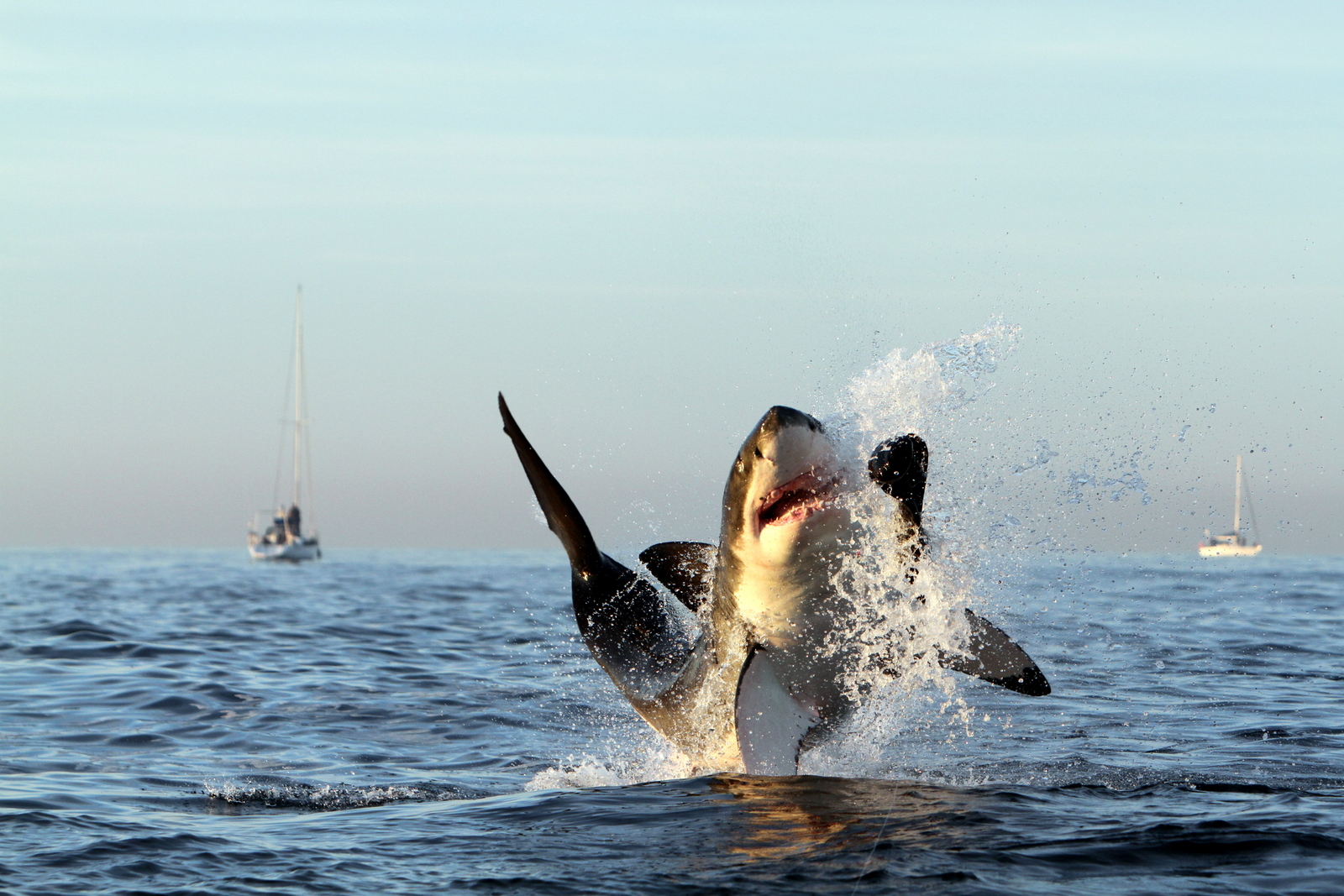Shark Attack – 08th October 2013
In light of the recent shark attack of an abalone diver in Western Australia on Tuesday, the 8th of October 2013, a catch and kill order was issued to cull the suspected Great White Shark responsible for the attack.
Greg Pickering, 55, was diving for abalone off Poison Creek at Cape Arid National Park, about 180 kilometres east of Esperance, when he was attacked by a suspected Great White Shark on Tuesday morning. He was rushed to Royal Perth Hospital where he underwent surgery for the serious injuries sustained to his torso and face. This is the second shark attack that Mr Pickering has survived, the first one being in 2004 when he was bitten on the leg by a 1.5 metre Bronze Whaler Shark while in waters near Cervantes, north of Perth.
The Fisheries Department set up traps in the area after orders were given for the animal to be culled. But by Wednesday afternoon the catch and kill order was called off as the department decided there was no longer an imminent threat to holidaymakers in the area. The first catch and kill order was made at the start of 2013 for a Great White Shark repeatedly seen near Dunsborough beaches in the fist week of the year. The original order targeted large Great White Sharks, but despite all efforts, no Great White Sharks were caught, only two Tiger Sharks which were later released.
Great White Sharks – A Protected Species
Great White Sharks are normally a protected species under Australian Law, but under a new “imminent threat” guideline, officials are able to kill the animal if they feel it poses a threat to humans in the area. The imminent threat guideline was introduced after a series of 5 fatal attacks that occurred in a 10-month period in Western Australia last year.

Although the media continues to sensationalize the threat of shark attacks to swimmers, the actual shark attack statistics do not support these claims. During the period between 1999 – 2009 and average of fewer than 5 people died from shark attacks, each year worldwide. When you consider the millions of people that use the ocean for bathing and water-based activities on a daily basis, and compare it with the shark attack statistics, you will realize that shark attacks are not as common as they are made out to be. There is no denying that each of these attacks is a tragedy, but culling Great White Sharks is not the answer to preventing shark attacks!
Sharks Are Not Man-Killers
Sharks have been living in the world’s oceans for millions of years before us, and we are intruding into their habitat every time we enter the ocean. While they can be dangerous, they are not mindless “man-killers” as the media portrays them to be. Entering the ocean should be done at our own risk and there are numerous safety tips to practice that can reduce our chances of being attacked.
The Great White Shark is an endangered species and with an estimation of only 3,000 – 5,000 Great White Sharks left worldwide, they are already vulnerable to extinction. A recent study in Gansbaai shows that the estimated population of Great White Sharks may even be as less as 50% than was originally thought, and that the species has not increased in numbers as we hoped since they became protected in South Africa in 1991!
The Great White Shark is an apex predator and is a crucial part of creating a healthy marine ecosystem. By culling the Great White Sharks, it will create a knock-on effect that will seriously jeopardize the balance of our oceans.
Education is key to conserving this species, and culling the Great White Sharks only takes us a step back in our conservation efforts.
Join African Shark Eco-Charters on an educational Great White Shark cage diving and breaching trip and let us show you these beautiful creatures in their natural environment. Conservation starts with education and our aim is to change your perception of these incredible animals in an effort to help save this species.




